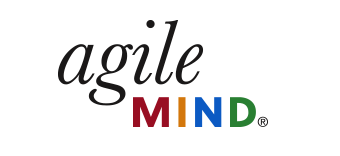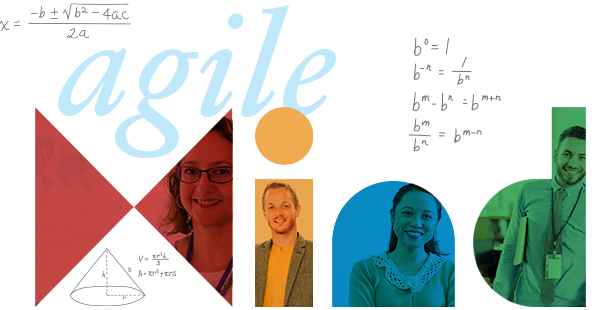 Experience in the Classroom
Experience in the Classroom
On my first day of instruction in my first year of teaching, I rolled out the sparkling, standards-aligned, backward-planned lesson that I had agonized over for weeks to my Algebra 1 students in Ewa Beach, Hawaii. During practice, students sat motionless, staring silently at their worksheets and avoiding eye contact with me. In the back, I noticed one student writing something on her paper. I hurried over to her, but just as I arrived at her desk, she covered her paper with both hands.
“It’s wrong, Miss.”
“How do you know? Can I see it?”
“I know it’s wrong. I’m bad at math. I hate it.”
It had taken 17 minutes into my teaching career to hear it: “I’m bad at math.”
I realized then, and am reminded again and again as a Professional Development Specialist, that our charge as educators is more than to teach the content standards—for many students, we must help them redefine their academic identities.
Looks Like/Sounds Like
In an Intensified Algebra (IA) classroom, teachers and students know that they are on a mission to advance 2–3 years in a single academic year. As a result, when you enter an intensified classroom, there is a palpable sense of urgency. You notice students bowing their heads over an assignment, occasionally popping up to collaborate with another group across the room. You hear students pushing their peers for clarification and conversations that center on conceptual understanding as opposed to “getting the answer.” Teachers model these high academic expectations, acknowledging effective effort and highlighting key strategies while also pushing students to expand their thinking. “Can you show me using a different representation?”, “Is this true in all cases?”, and “How do you know?” are common questions in an IA classroom.
During one classroom visit in California, I observed a teacher masterfully pause the collaborative Consolidation Activity, an integral part of the intensification process, to address a common misconception. After gathering everyone’s attention, she called up a student to show his work under the document camera. This action, in and of itself, takes trust: trust on behalf of the student to show his working understanding of a concept, and trust on behalf of the teacher that relinquishing control to a student can be an effective use of class time. This demonstration of trust was returned ten-fold when the student was given the responsibility to explain his work and field questions from his colleagues— a dynamic discussion between students ensued that reinforced everyone’s understanding!
Reshaping Academic Identities
In order to prepare students who may come to us with unproductive academic identities to be successful in a rigorous, intensified course, we must support them with just-in-time explorations of relevant, noncognitive skills. Intensification gives students more time, rigorous curriculum, and targeted interventions. Woven throughout the content topics are studies in malleability of intelligence, brain growth and research, and metacognition, which are often purposefully revisited before particularly challenging tasks. These topics equip students with specific language for discussing the often uncomfortable process of learning. By the end of the year, these students share that they are thinking about math—and their abilities related to math—with renewed confidence.
Nationwide, this architecture of intensification is the catalyst for districts finally seeing a breakthrough in their Algebra scores. But most importantly, more and more middle and high school students are excited about, enjoying, and thriving in mathematics. As this work continues and grows, we will hear “I love math” with more and more frequency. And I know that soon enough it will take fewer than 17 minutes to hear it.
Kayla Gephart
Director of Professional Services



